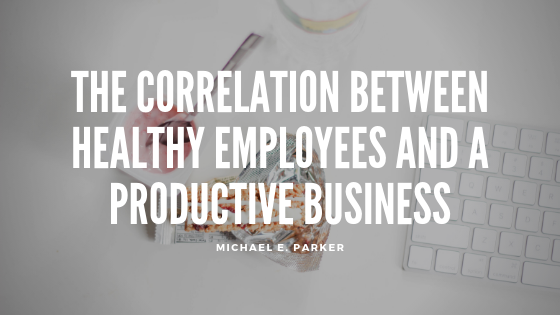Workplace wellness programs are motivated by several factors. In the US, where employers pay into employees’ health insurance, wellness programs can help prevent expensive chronic illnesses. However, there’s also research that shows healthy employees are happier. This translates into a better attitude at work, and often better results financially.
Wellness programs also help make employees more productive. In one study, two-thirds of employers who implemented wellness programs saw increased productivity. Over half saw an improvement in employee attendance. There’s plenty of data showing that good employee self-care benefits everyone in a business.
Researchers have known for years that adequate nutrition plays a big part in school and job performance. That’s one reason the school lunch program was implemented. People who aren’t eating enough or aren’t eating nutritious food have trouble concentrating, learning, and performing well.
This translates into the workplace, too. Workers who eat healthy foods are more likely to have better job performance. Likewise, workers who exercise are also more likely to perform better on the job. By supporting employees to take care of themselves, businesses are also helping their own bottom line. Encouraging unhealthy employees to get healthy will improve company numbers, as well.
Finally, the simple truth is that healthy employees help employers save money. Research shows that poor diet is correlated with several health problems, ranging from diabetes to certain kinds of cancer. Employers can help empower workers to take control of their health. Not only will they avoid pain and suffering, but they will also save time and money.
Employers find that workers understand this. People don’t want to endure pain for no reason. With adequate information and ways to take action, employees are motivated to make a change in their own lives. Making a wellness program available can help educate people so that they have a better life overall.
Businesses can encourage wellness among workers in several ways. They can partner with gyms to offer employee discounts. They can provide healthcare allowances. Workplace kitchens can be stocked with healthy options, in place of traditional offerings like chips and sodas. Providing paid time off can allow employees to rest up and get healthy instead of spreading the flu at the office.
